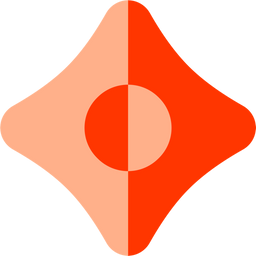What is Ceramic?
Learn more about Ceramic Network and ComposeDB
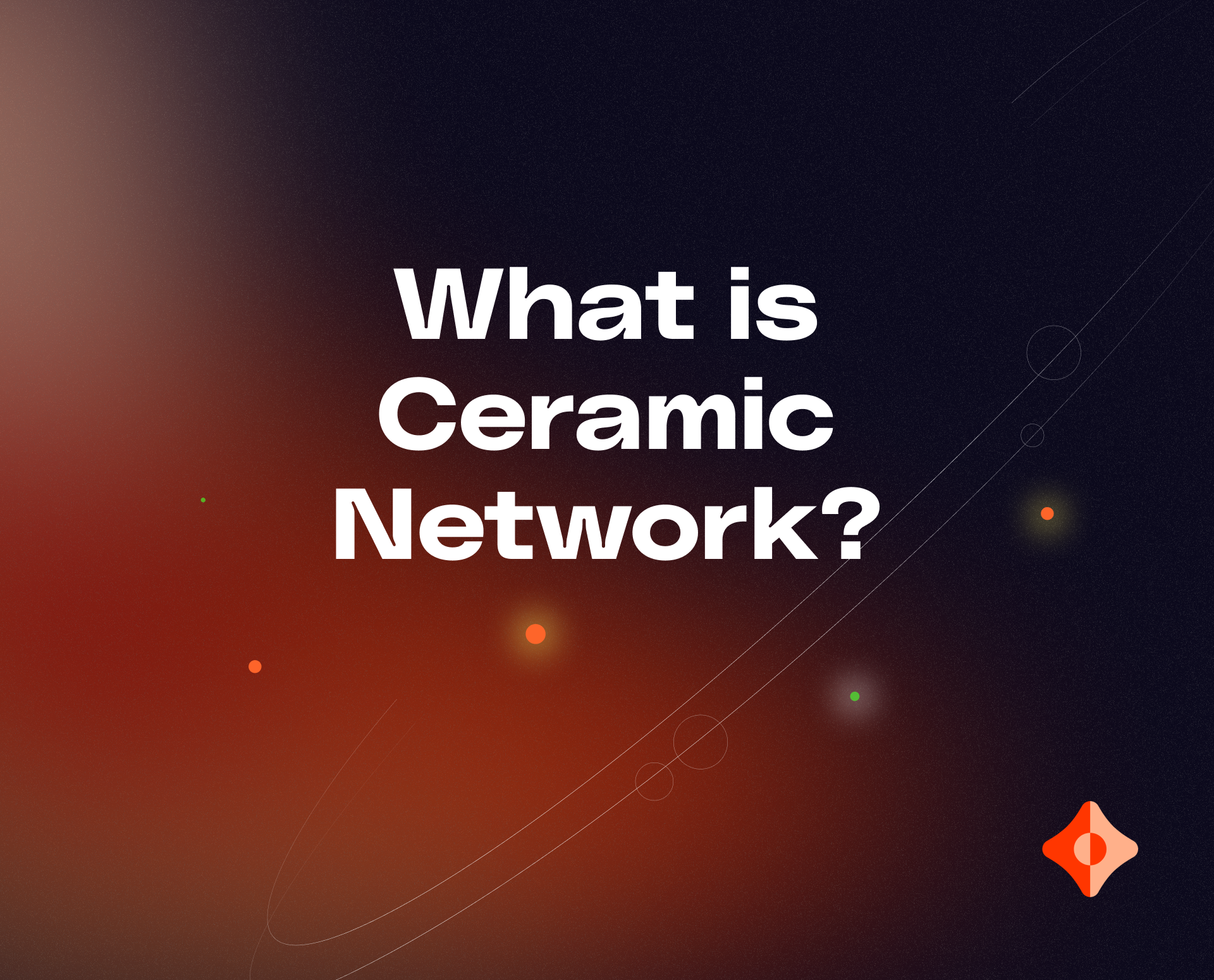
Ceramic is a shared data network for managing verifiable data at scale, providing the trust of a blockchain with the flexibility of an event streaming system. Thousands of developers use it to manage reputation data, store attestations, log user activity, and build novel data infrastructure.
Ceramic frees developers from the constraints of traditional data infrastructure, enabling them to tap into a shared data ecosystem and network effects, so they can focus on bringing their unique vision to life.
What is ComposeDB?
ComposeDB, built on Ceramic, is a decentralized graph database that uses GraphQL to offer developers a familiar interface for interacting with data stored on Ceramic. This enables seamless data model publication, discovery, and reuse—fostering a composable data ecosystem.
The Data Ledger That Powers an Open Internet
The internet, at its core, is a vast collection of applications running on stateful data sources. These sources range from identity systems and user tables to databases and feeds that store a variety of content generated by users, services, or machines. However, much of the information on today’s internet is locked away on application-specific database servers. These servers are designed to protect data as a proprietary resource, acting as a trusted middleman. They require explicit permissions, one-off API integrations, and trust in the returned state’s correctness, making it difficult and opaque for others to access this information. This siloed and competitive environment creates more friction for developers and leads to worse experiences for users.
On the other hand, certain areas of the web have rapidly evolved into a more open source, composable, and collaborative ecosystem. This trend is evident in open source software, facilitated by Git’s distributed version control, and in open source finance, enabled by blockchain’s double-spend protection. However, these principles of open source have not yet been applied to content.
The next wave of transformative innovation will involve applying these open source principles to the world’s information. This will unlock a universe of content, what we call the Dataverse, that can be shared across application or organizational boundaries without friction. To achieve this, we need a decentralized data network specifically designed for content, with flexibility, scalability, and composability as top requirements.
How Does Ceramic Work?
Ceramic combines a scalable decentralized event streaming protocol, P2P networking, and distributed consensus to manage high-volume application data with the verifiable trust of a blockchain and scalability of a traditional database.
In Ceramic, data events are signed cryptographically by accounts. These accounts are decentralized identifiers (DIDs) that can be controlled by any blockchain wallet and can manage permissions and access control over data. These events are organized into append-only logs known as streams. Streams use InterPlanetary Linked Data (IPLD) to create a hash-linked chain of events with an immutable streamID.
Ceramic nodes validate these events, apply them to the respective streams, and distribute them to other nodes that are monitoring that stream. Each stream on Ceramic operates independently and can be processed simultaneously. This allows the network to scale in a way that a blockchain, which must process transactions sequentially, could not.
Periodically, these events are rolled up into a merkle tree. The root of this tree is then published to a blockchain (e.g. Ethereum). This provides an immutable timestamp and consensus on the global ordering of Ceramic transactions.
Why Use Ceramic?
Ceramic enables devs to build applications on a data ledger that offers decentralization at scale, verifiable trust, and permissionless composability—unlocking native interoperability, shared growth and new user experiences.
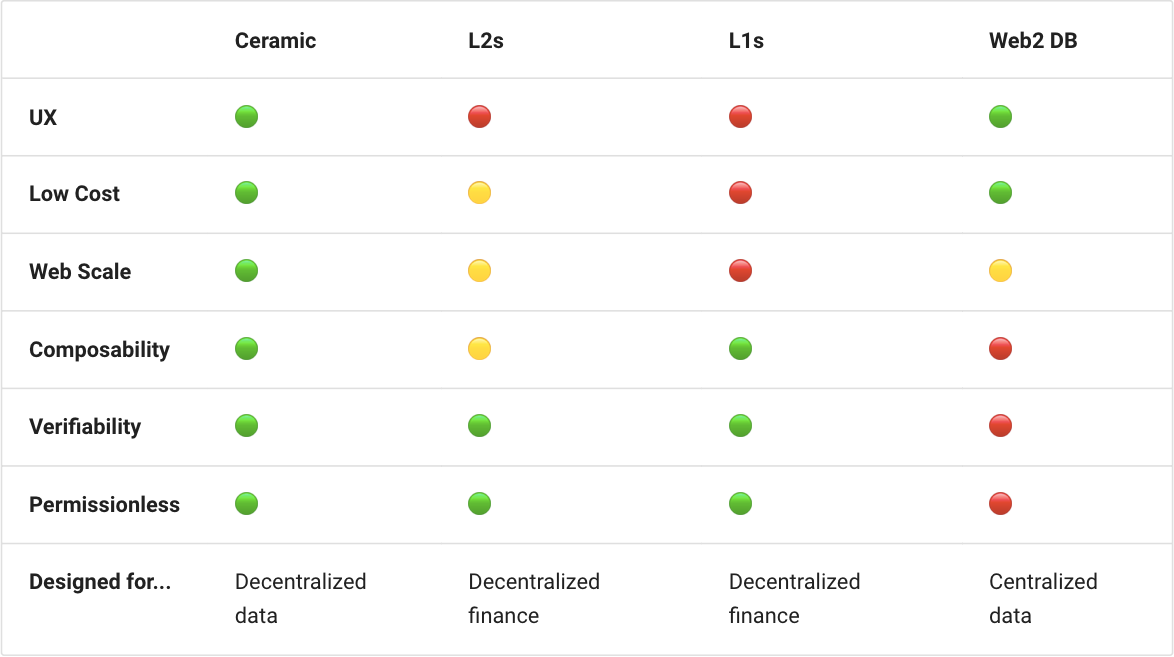
Web-Scale Decentralization
Unlike financial asset blockchains that rely on slow and unscalable synchronous global state changes, Ceramic uses fast, asynchronous, parallel transaction processing and eventual consistency to enable the scale and throughput needed by large data applications.
Verifiable Trust
Ceramic acts a data ledger, ensuring the provenance, order and integrity of data on the network. Data on Ceramic is cryptographically signed and anchored to the Ethereum blockchain, providing strong verifiability and attribution guarantees. Ceramic provides everyone with a verifiable and trusted view of the data, even if they are not directly involved in maintaining it
Native Interoperability
Ceramic brings true composability to data, like open source did for code. Use popular data models to save time and create instant interoperability. Browse existing data models for your use case, or define your own. Data models are published on the network, establishing consensus and standards. Data is organized around accounts, described by schemas, permissioned via a distributed object capability system, and maintained on an open network of nodes.
Wallet & Blockchain Agnostic
Users can join apps built on Ceramic from any major Web3 wallet provider.
When Should I Use Ceramic?
Developers use Ceramic when they want more scale, trust, interoperability and value out of the data that powers their products and services. Some examples include:
Reputation
Reputation includes data about user activity, contributions to projects, or credit scores.
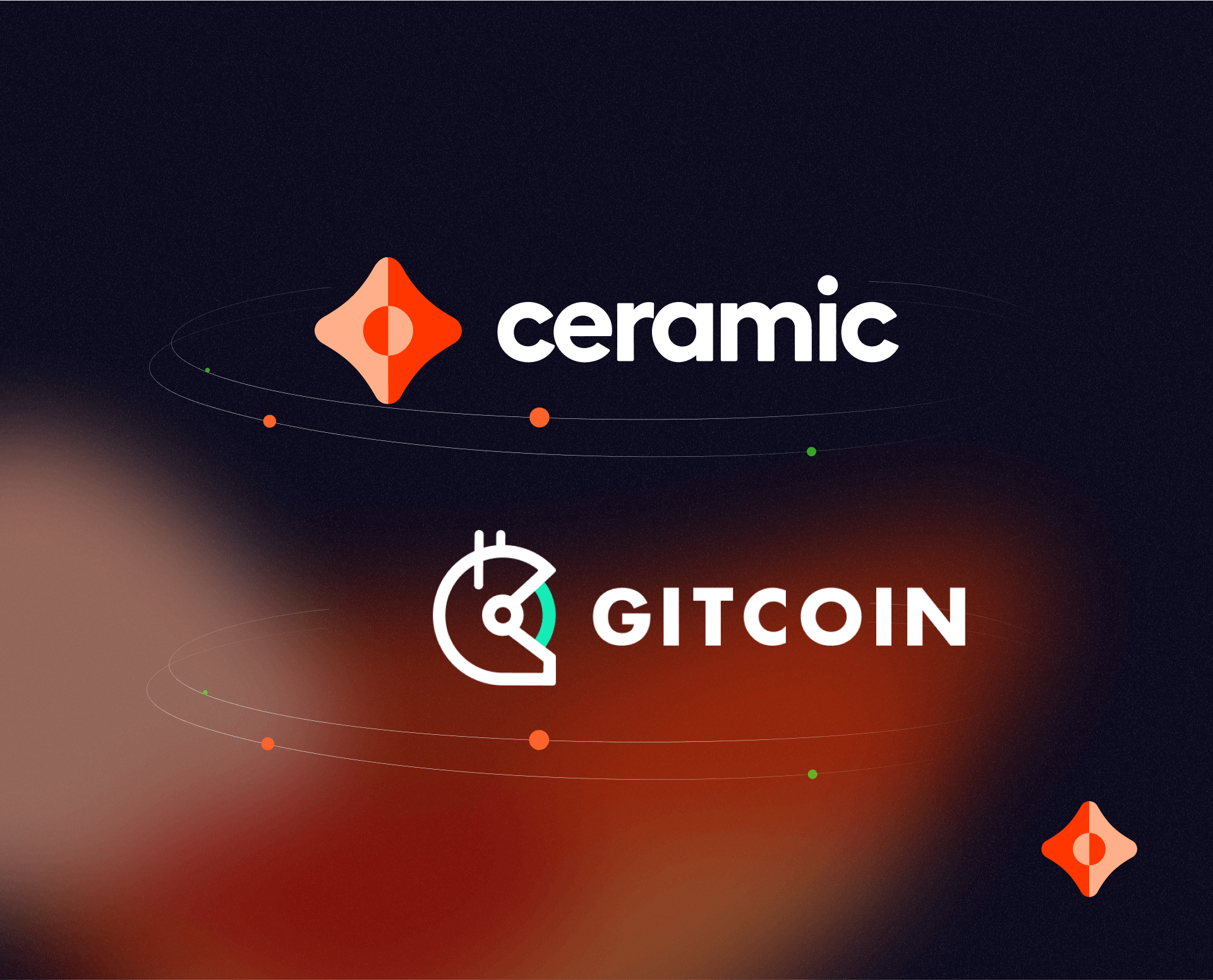
Learn about more projects here.
User Activity
User activity could include data about what users are doing in an app, what products they are interested in, and what content they are consuming. (i.e. loyalty, user events, shopping, etc.)
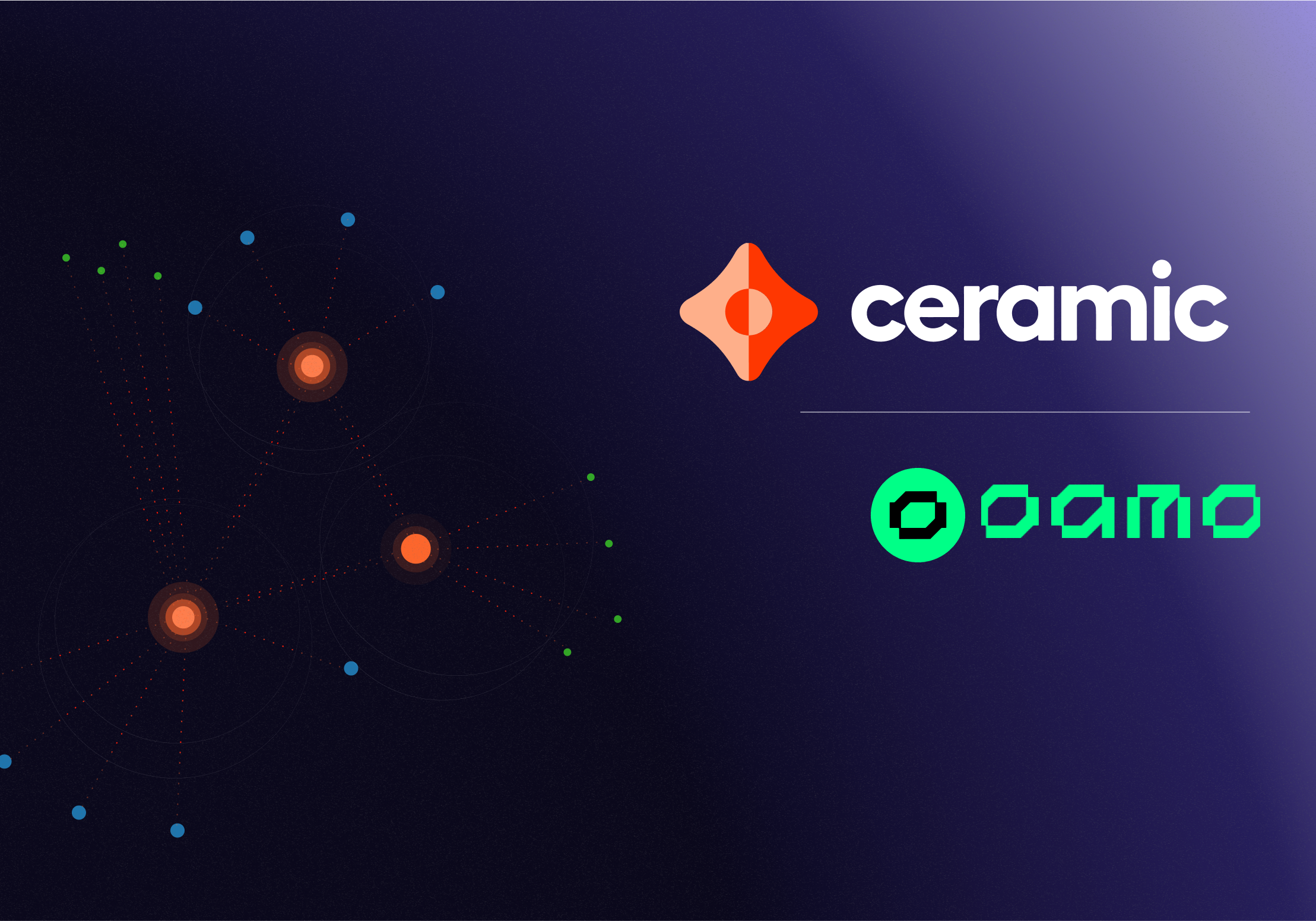
Learn about more projects here.
Collaboration
Collaboration could include data about who is working on which projects, what contributions they are making, and how they are collaborating with others. Check out the DAO projects built on Ceramic here.
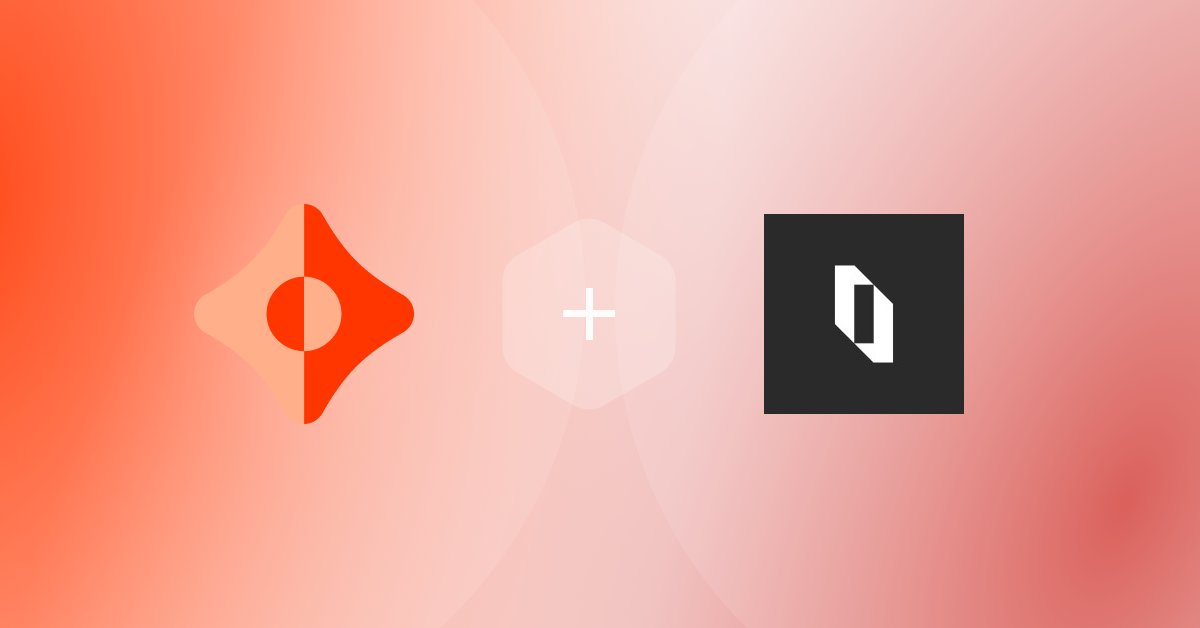
Verifiable Credential Storage
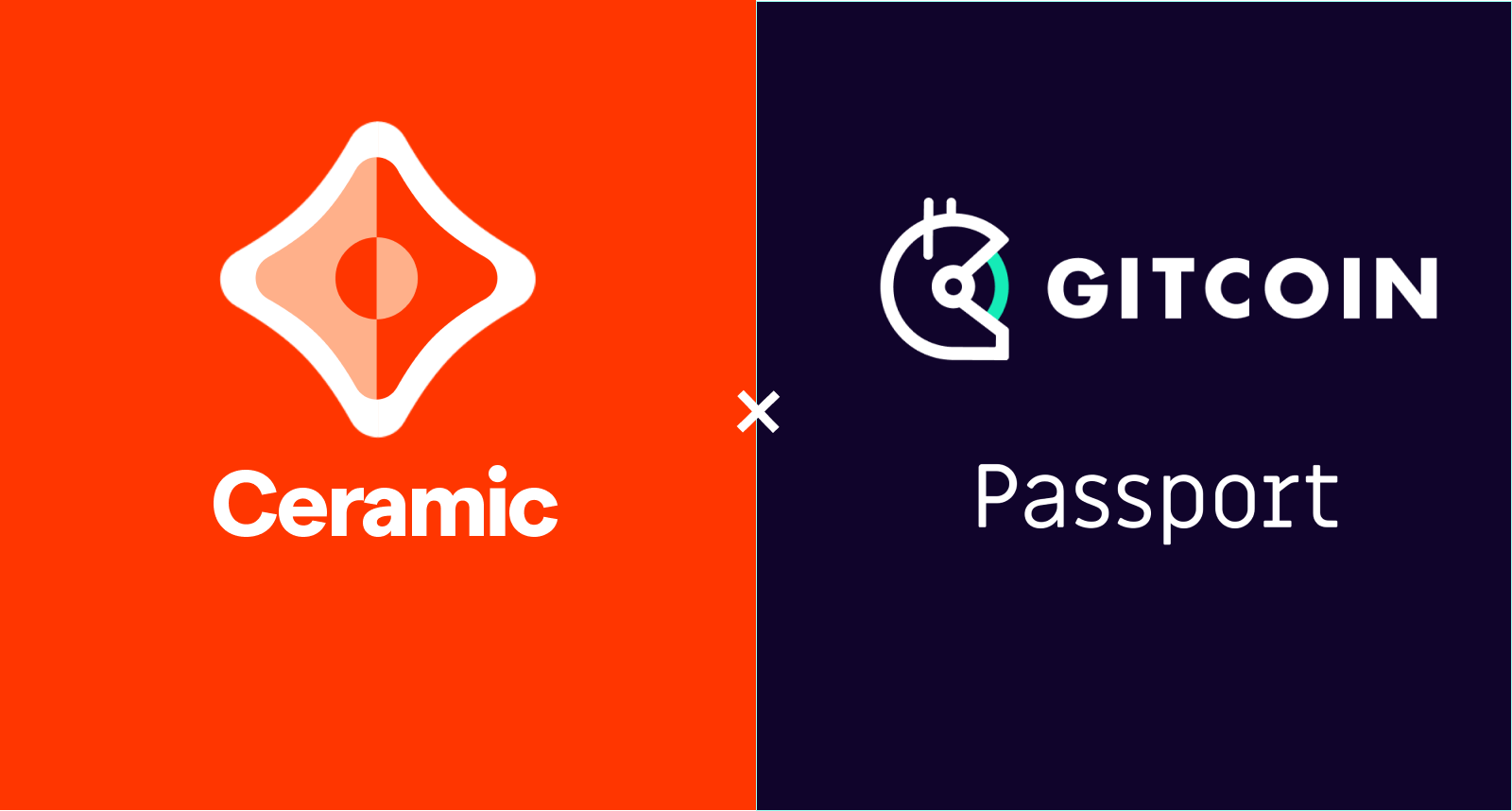
Learn about more projects here.
Attestation Storage
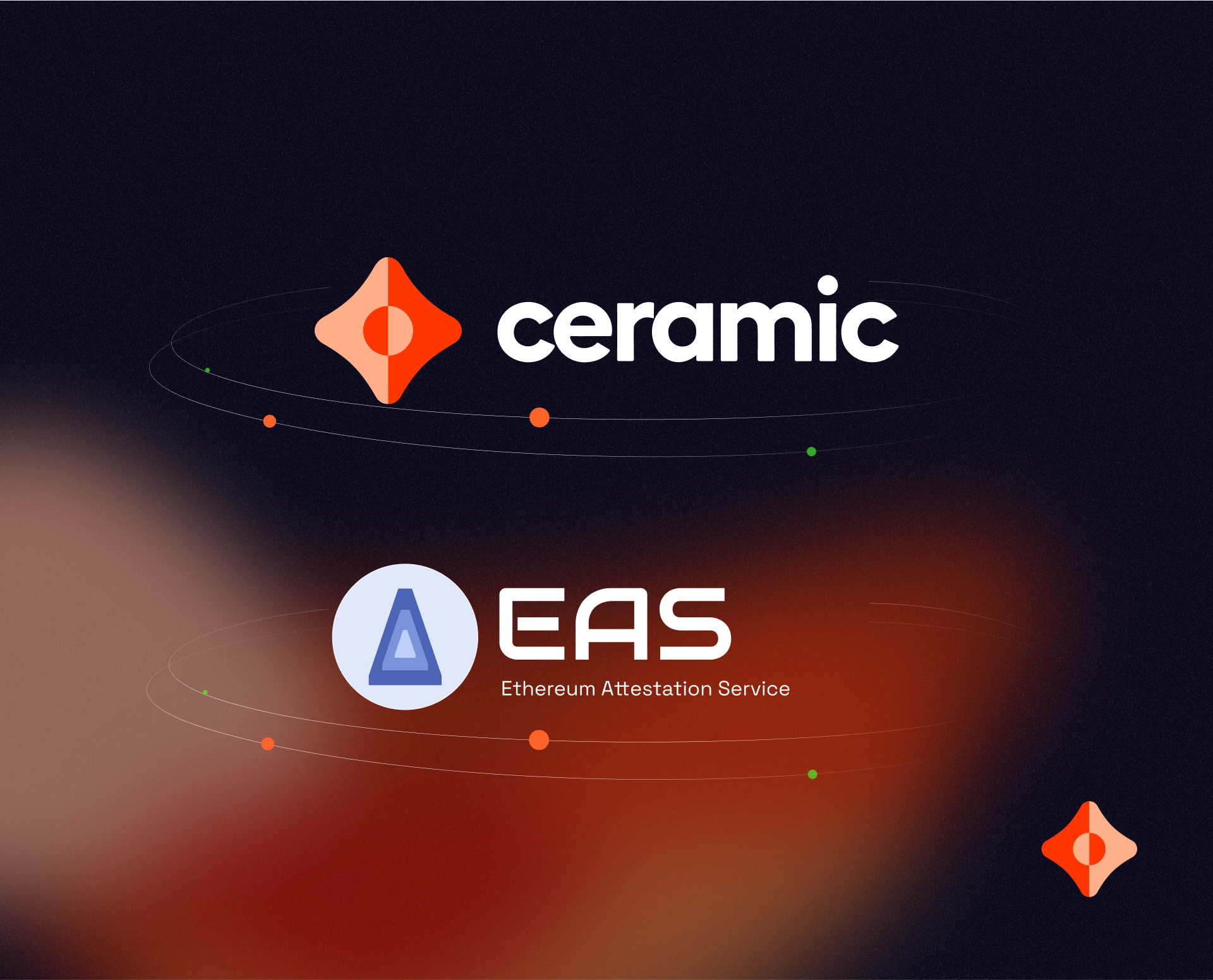
Learn about more projects here.
Data Ledger
Projects use Ceramic as a scalable & verifiable data ledger.
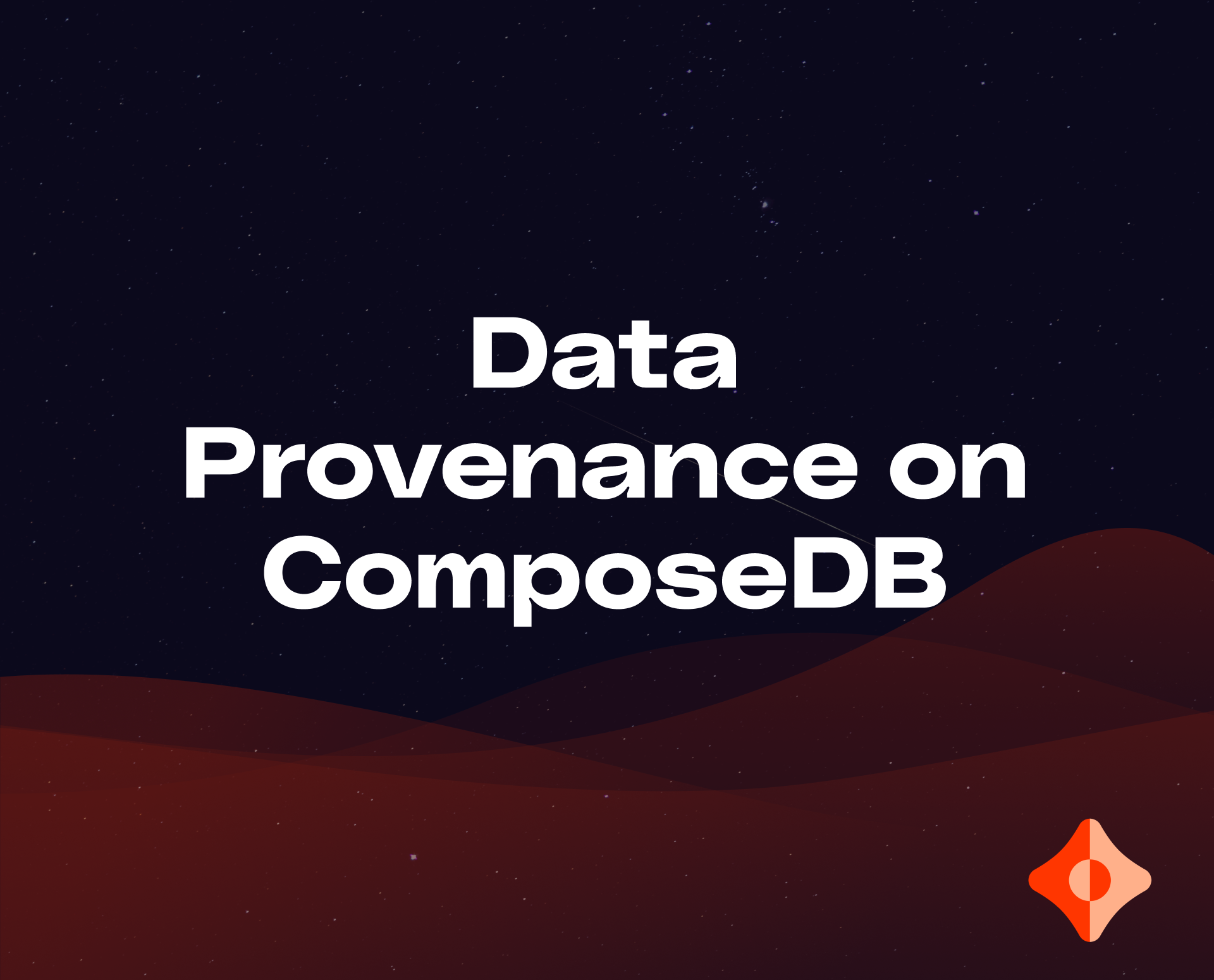
Learn about more projects here.
Mutable Data Storage
Advancements in other Web3 protocols have already achieved success in decentralized file storage. As a universal file system for the decentralized web, IPFS (including IPLD and Libp2p) provides an extremely flexible content naming and routing system. As a storage disk, durable persistence networks (such as Filecoin, Arweave, and Sia) ensure that the content represented in IPFS files are persisted and kept available. This stack of Web3 protocols performs well for storing static files, but on its own lacks the computation and state management capacity for more advanced database-like features such as mutability, version control, access control, and programmable logic. These are required to enable developers to build fully-featured decentralized applications.
Ceramic enables static files to be composed into higher-order mutable data structures, programmed to behave in any desired manner, and whose resulting state is stored and replicated across a decentralized network of nodes. Ceramic builds upon and extends the IPFS file system and underlying persistence networks, as well as other open standards in the decentralized ecosystem. Due to Ceramic's permissionless design and unified global network, anyone in the world can openly create, discover, query, and build upon existing data without needing to trust a centralized server, integrate one-off APIs, or worry if the state of information being returned is correct.
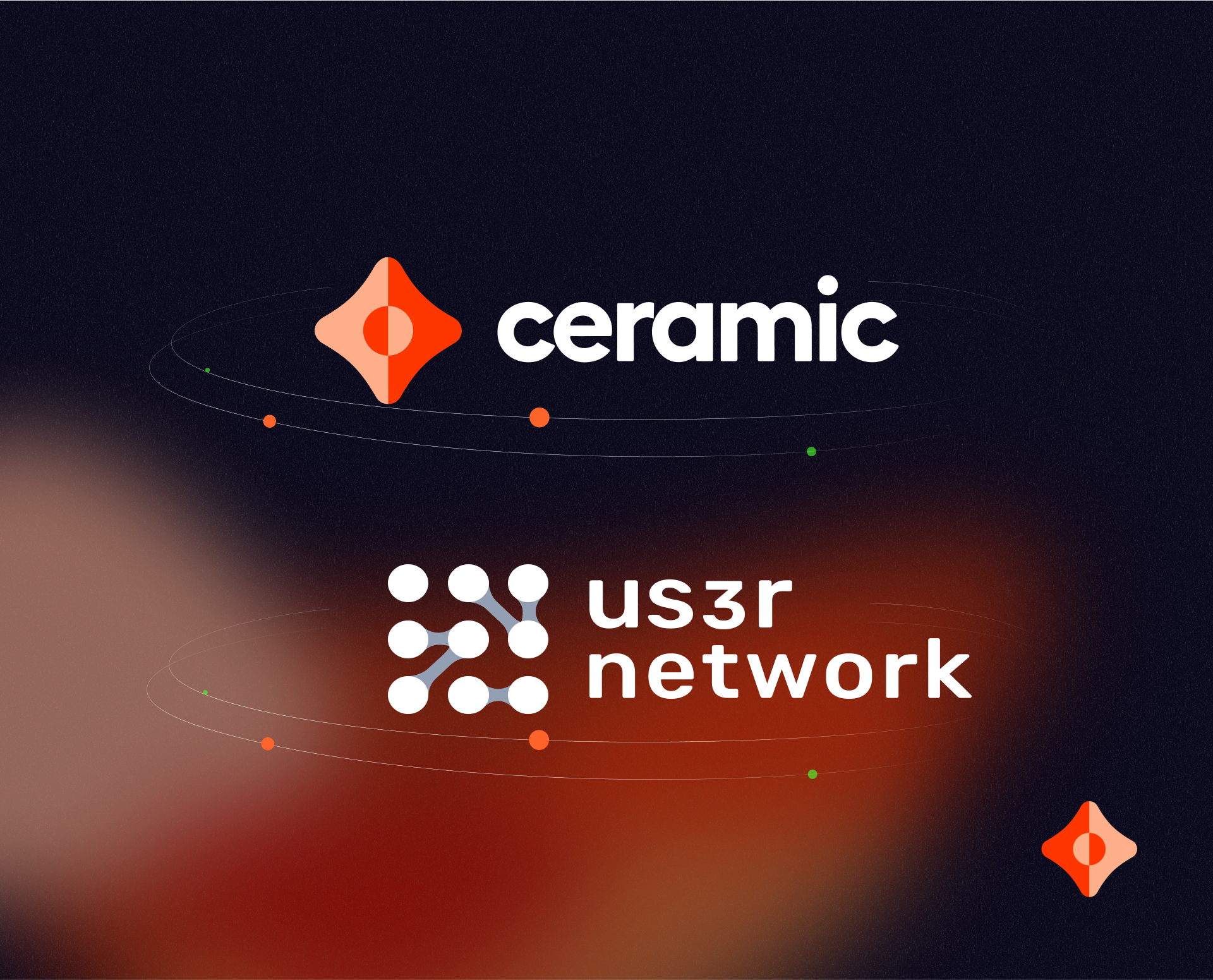
"The scope of Web3 was primarily focused on DeFi, hindering 99% of non-financial use cases from being developed. Ceramic, however, brings a paradigm shift—enabling the development of applications that extend beyond finance." - US3R Network
Learn about more projects here.
Simplify Building on IPFS
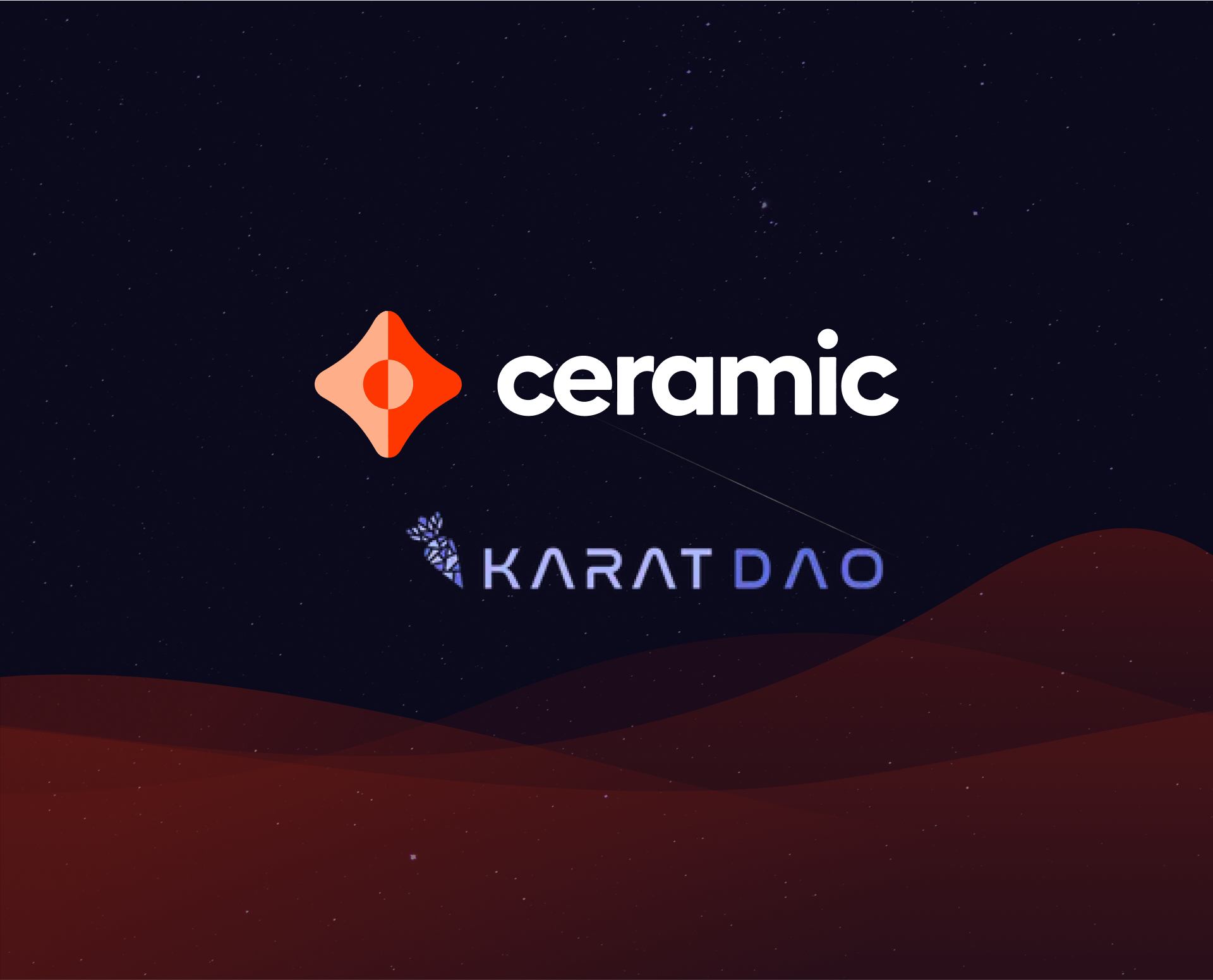
“Ceramic makes IPFS easier to use by providing a layer of abstraction on top of it.” - KaratDAO
Learn about more projects here.
Publish Open Data Sets
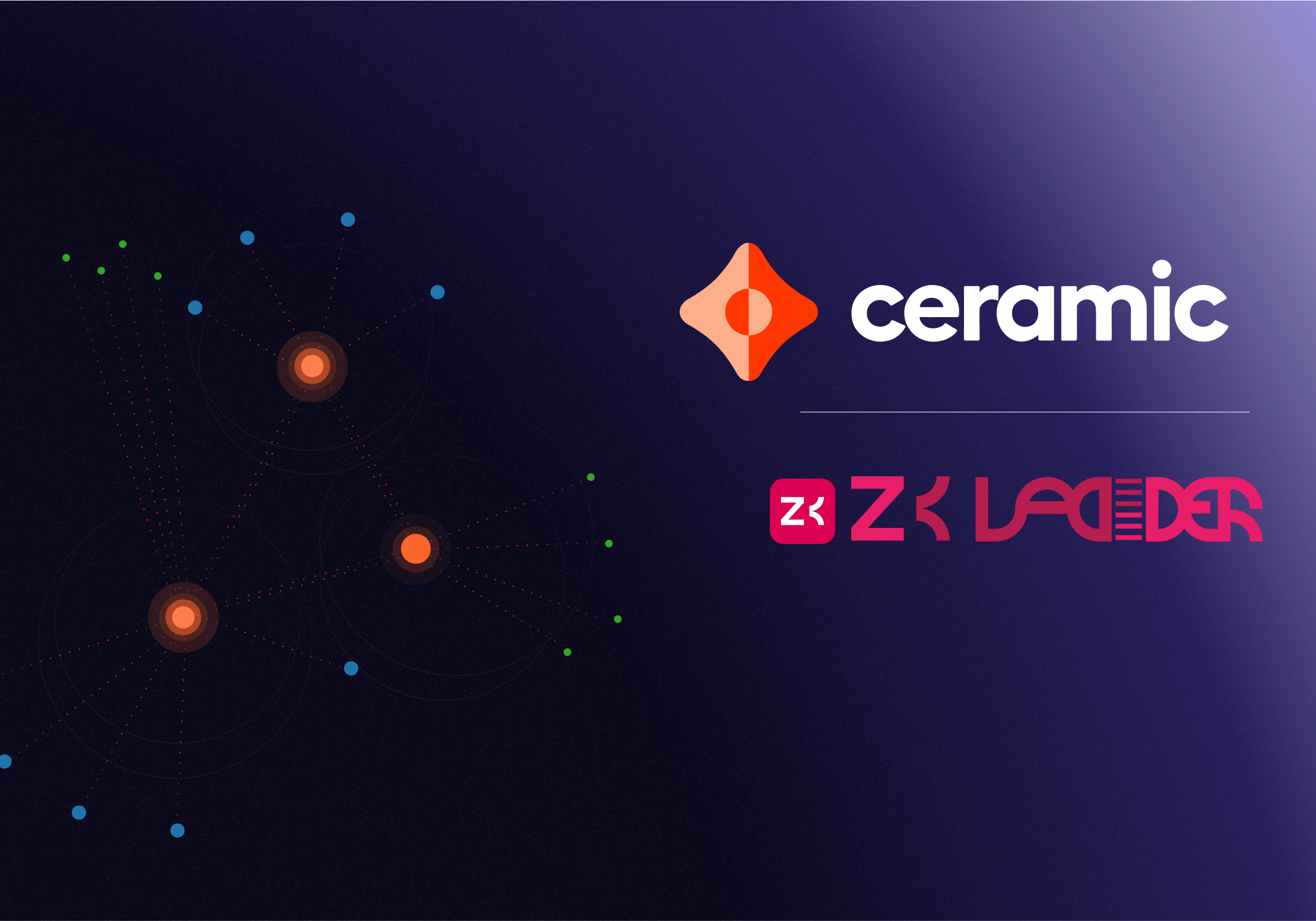
With Ceramic, and specifically ComposeDB, we found a solution that was flexible enough to store many types of data records (through straightforward model creation), and could do it at scale and at lower cost, without sacrificing on our goal of building an open and composable data set.” - ZKLadder
Learn about more projects here.
Encrypt Non-Public Data
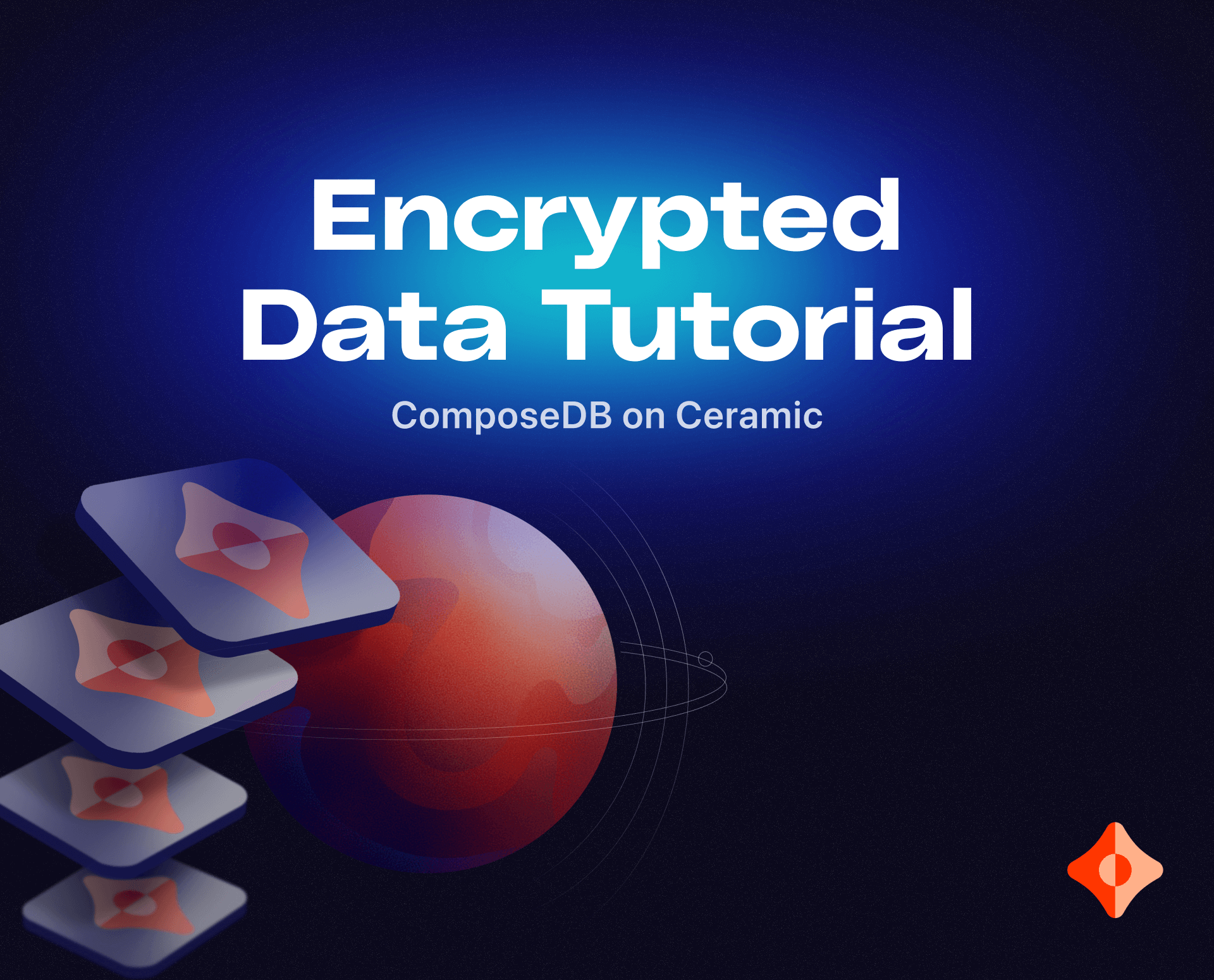
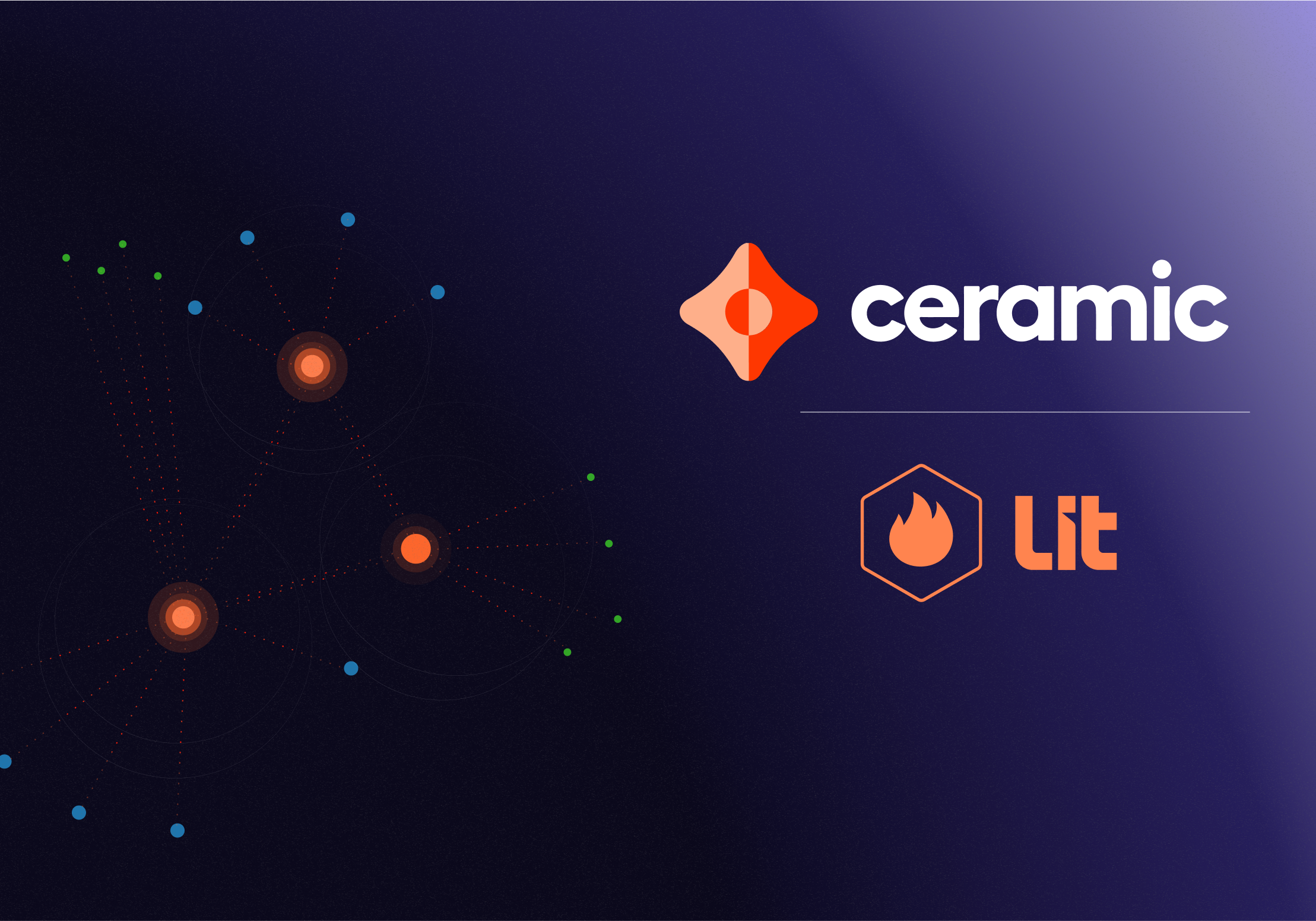
Plug into the Dataverse With Ceramic
Today, siloed data infrastructure is hindering innovation on the web. Developers and entrepreneurs face the burden of building and maintaining redundant database infrastructure and schemas. They incur significant expenses to maintain data security and trust, and struggle to establish a user base and network effects from scratch. This diverts their attention from developing a unique value proposition and compels them to hoard data in an attempt to recover substantial upfront investments, perpetuating a vicious cycle.
An open, shared data ecosystem dramatically lowers these barriers for innovation. It allows entrepreneurs to move faster, focus on their core value, and succeed more often. Shared data and infrastructure, with native trust and interoperability, sparks compounding innovation and gives users more access and agency over their data, to create an internet with more vibrancy and opportunity.
Try out the sandbox or get started here with Ceramic.


